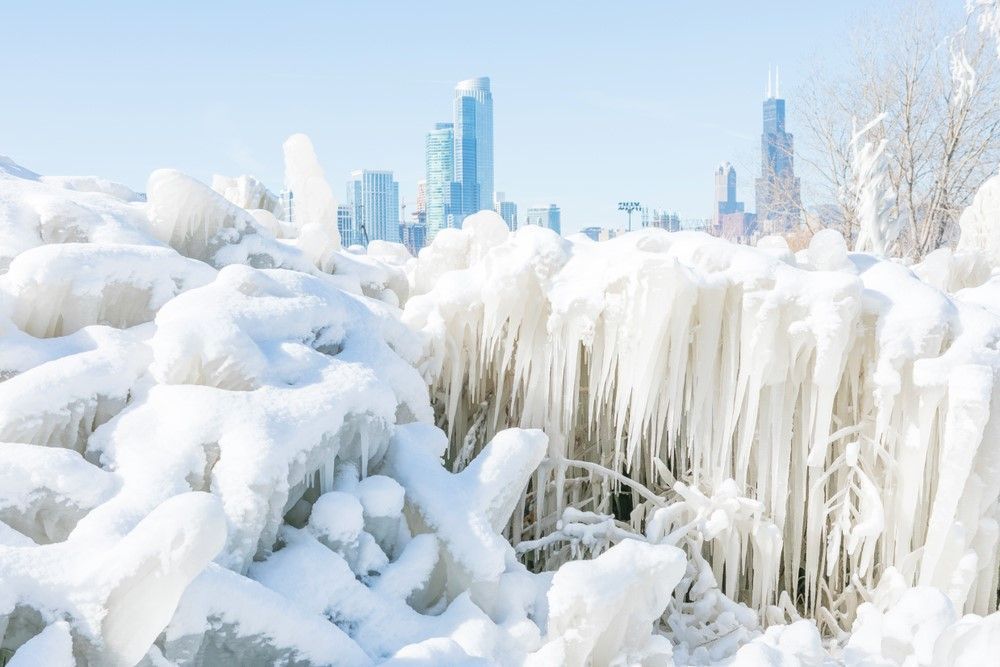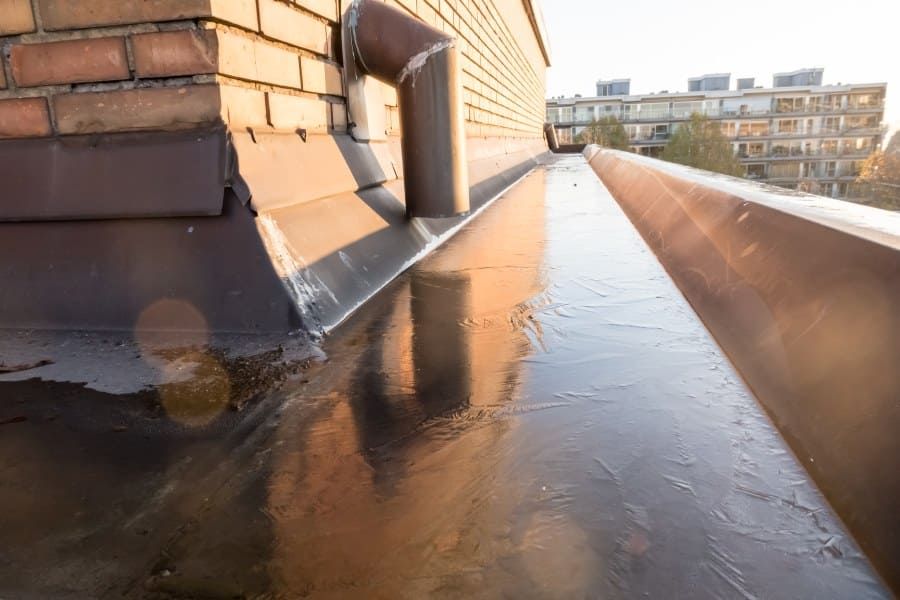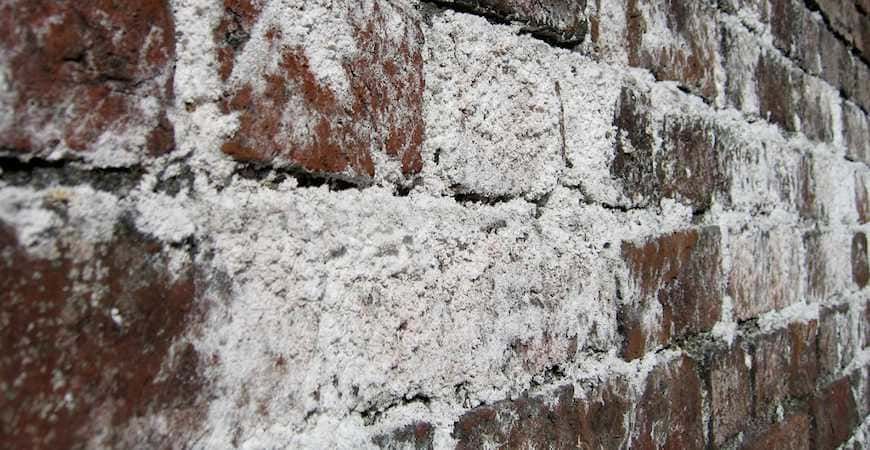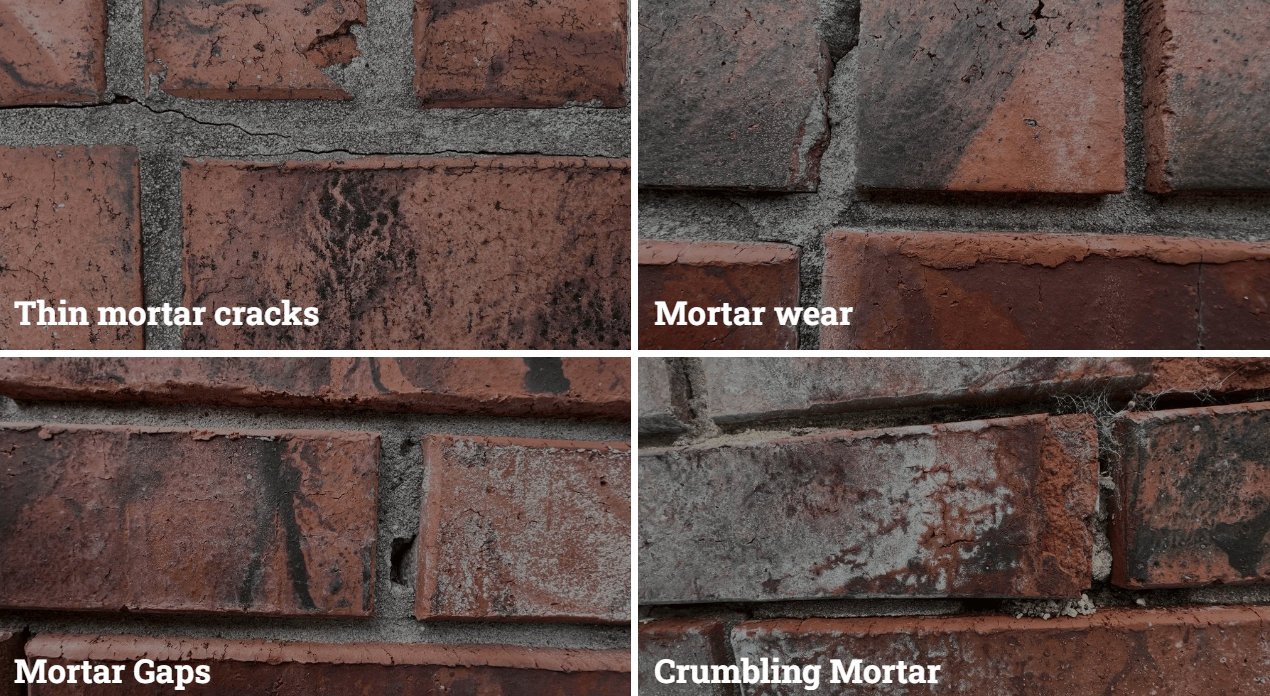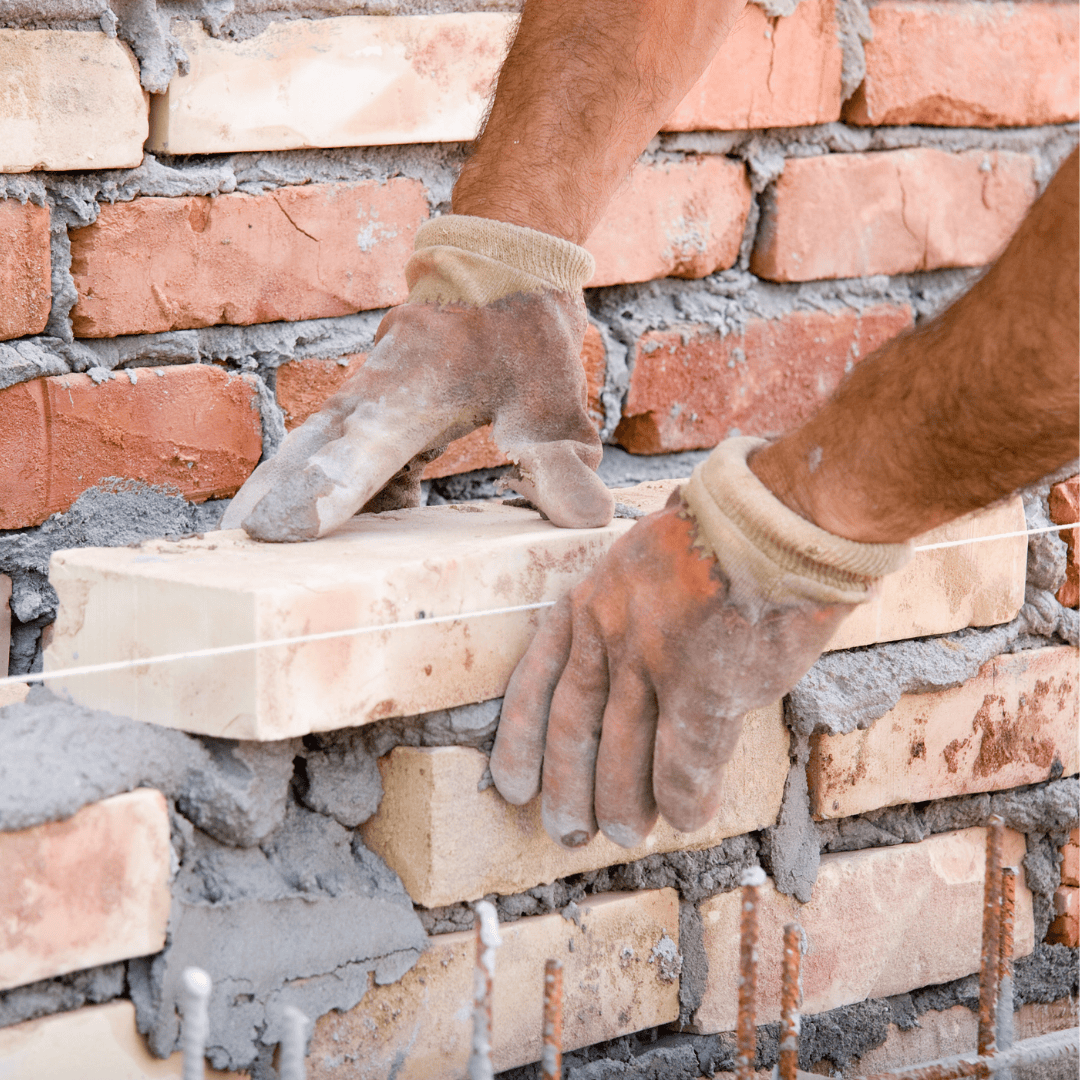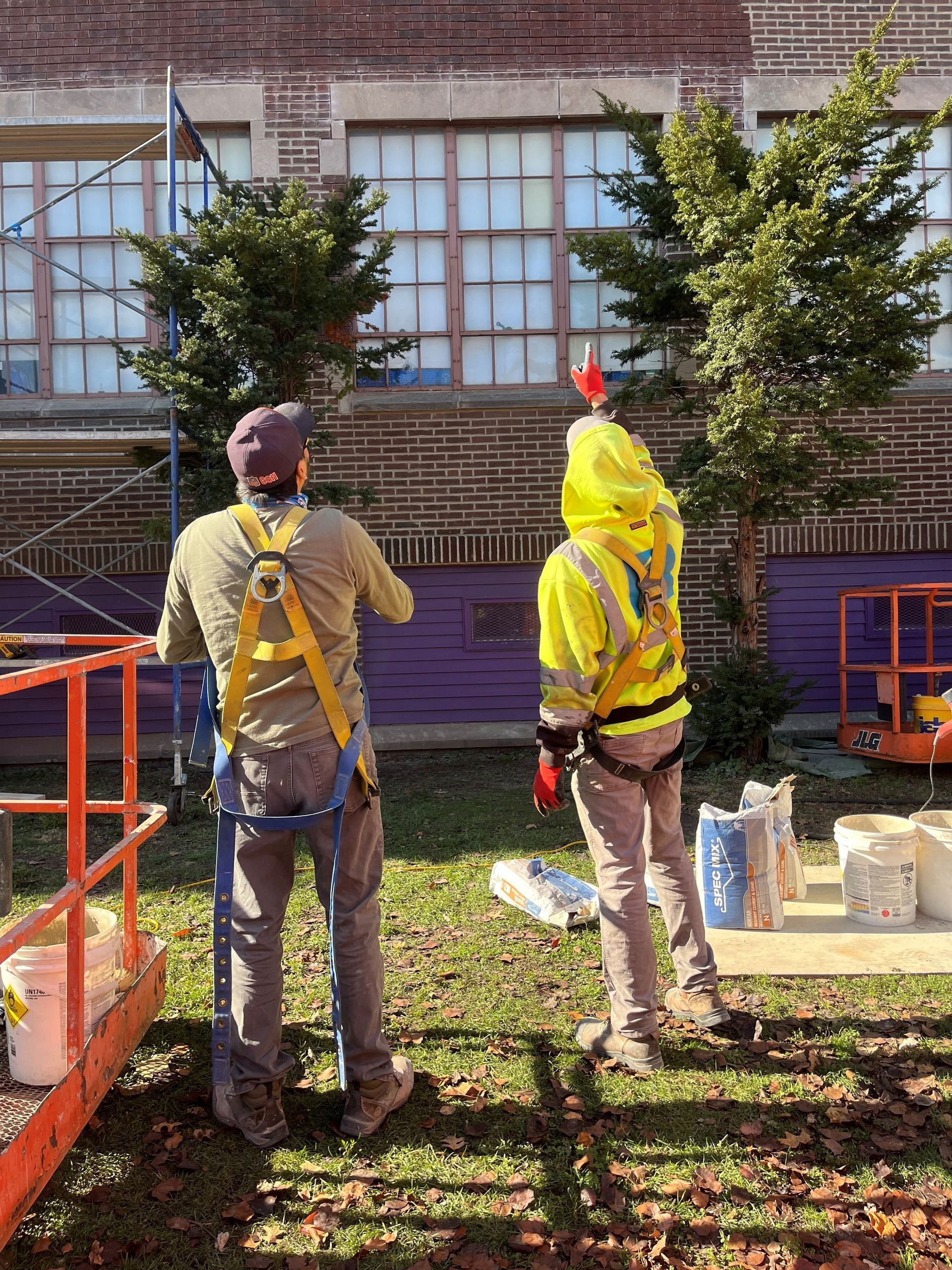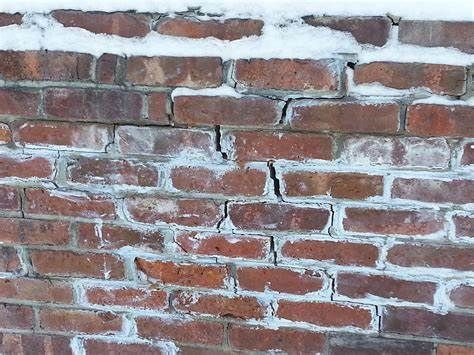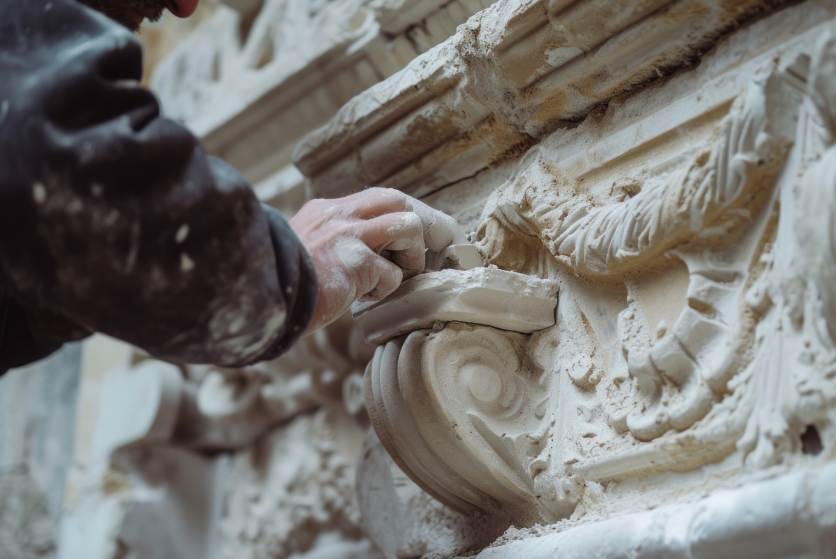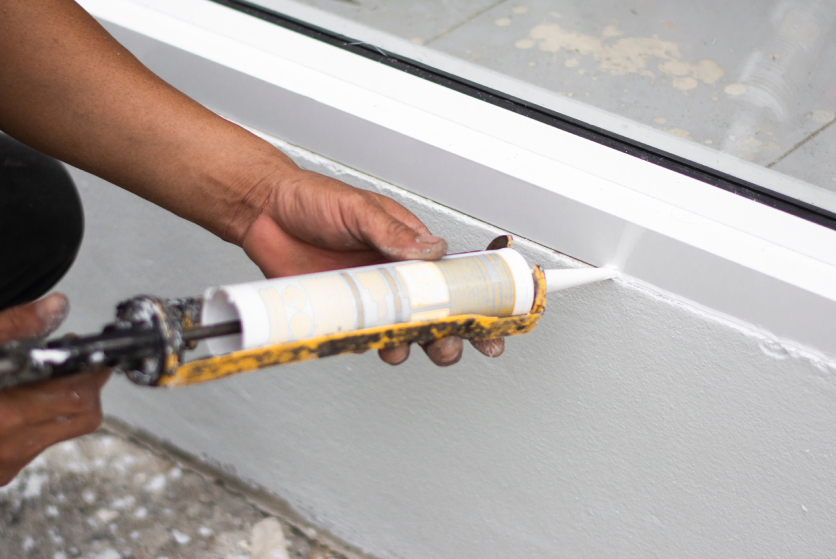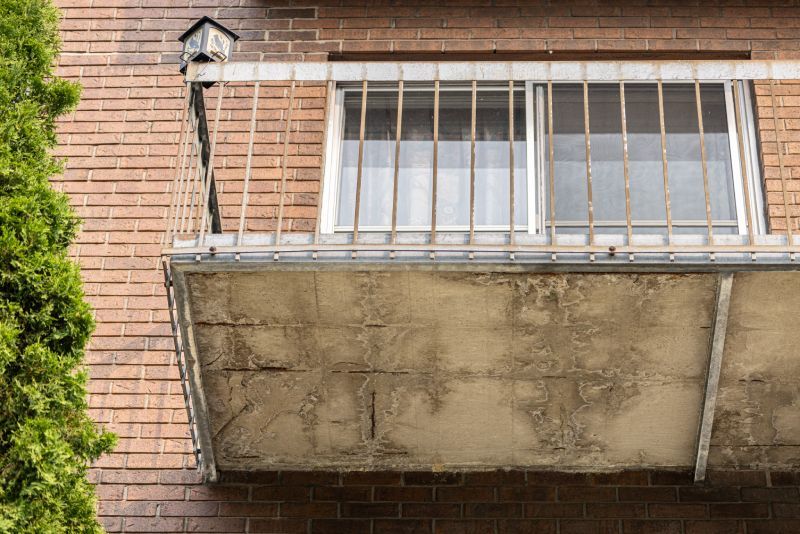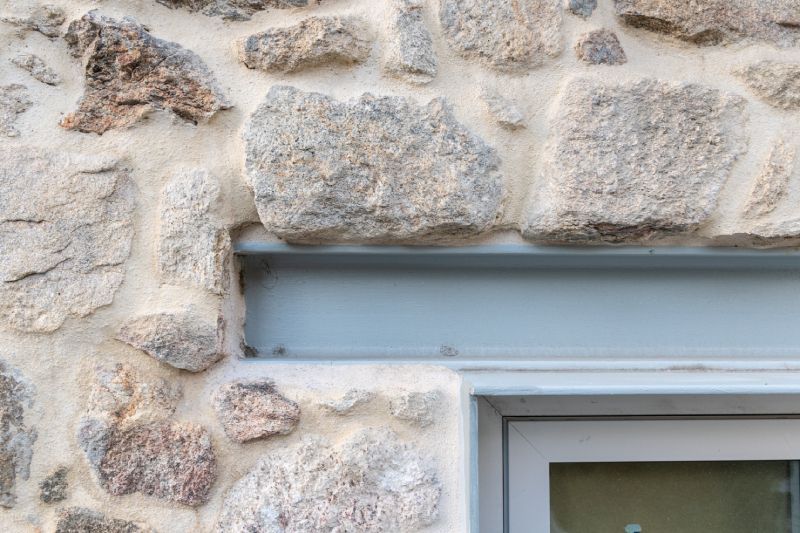As Fall begins, property owners and facilities managers must turn their attention to an essential task: preparing their buildings for the harsh winter ahead. Fall masonry maintenance is a critical step in protecting Chicago's diverse architectural landscape from the damaging effects of freeze-thaw cycles and severe weather conditions. This guide will explore why fall is the ideal time for masonry restoration and provide essential tips for winterizing your property.
Understanding the Freeze-Thaw Cycle
Before getting into maintenance tasks, it's crucial to understand the primary culprit behind winter masonry damage: the freeze-thaw cycle. This natural process occurs when water penetrates masonry materials and freezes, expanding by about 9%. As temperatures fluctuate, this cycle of freezing and thawing can cause significant stress on building materials. In Chicago, we see an average of 6-7 freeze-thaw cycles per year, and climate projections indicate that Chicago may experience as many as 11-12 freeze-thaw cycles annually by 2050.
Different masonry materials react differently to this cycle:
Brick: Can absorb water, leading to spalling or cracking when frozen.
Concrete: May develop surface scaling or internal cracking.
Natural stone: Depending on porosity, it can suffer from granular disintegration or splitting.
The freeze-thaw cycle is particularly harsh in Chicago due to its lakefront location and dramatic temperature swings. This makes fall maintenance all the more critical for preserving the structural integrity and appearance of the city's buildings.
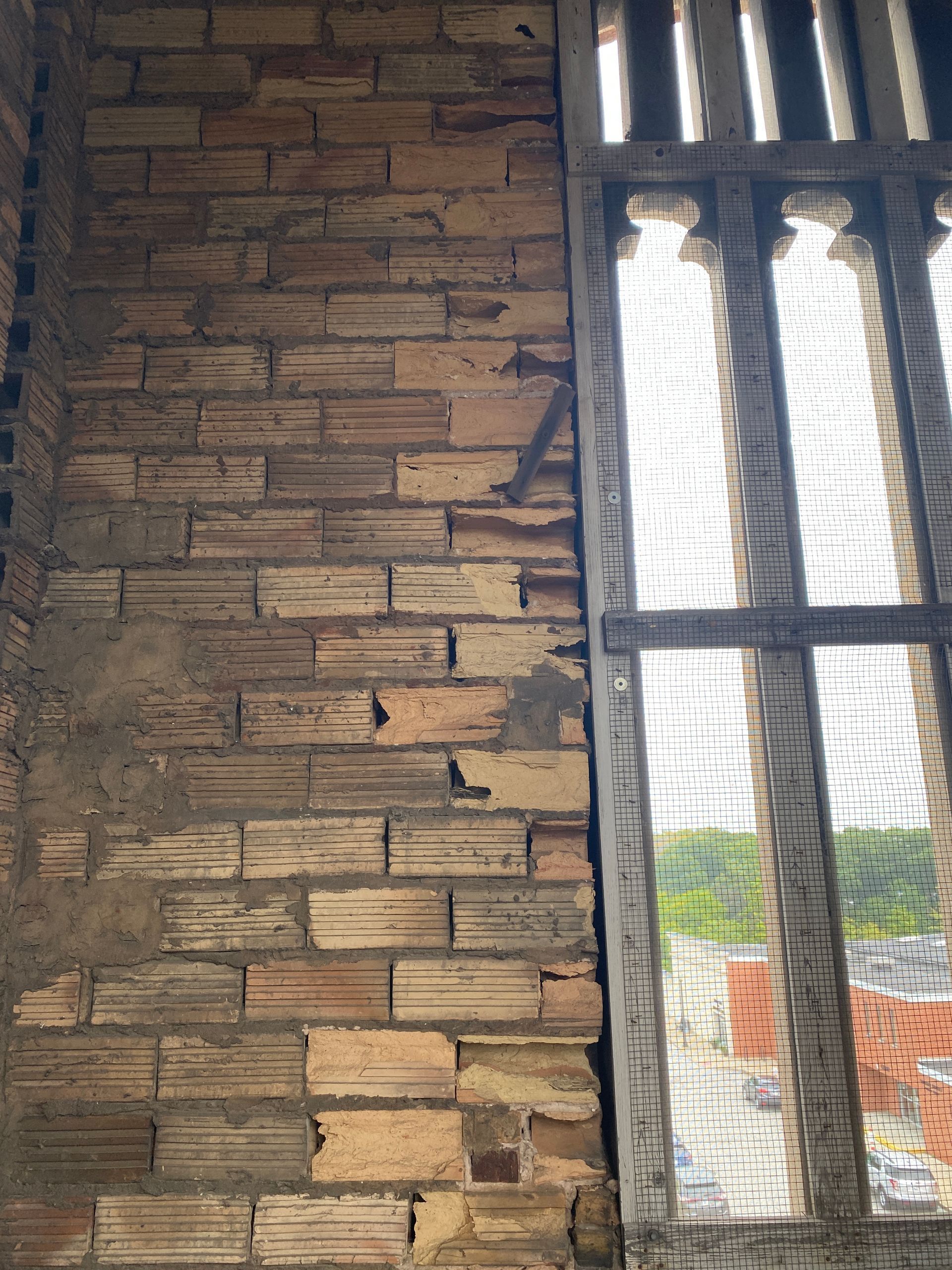
Critical Fall Maintenance Tasks
To effectively prepare your masonry for winter, focus on these key areas:
Thorough Masonry Inspection
Start with a comprehensive inspection of your building's masonry. Look for:
- Cracks or gaps in mortar joints
- Spalling or flaking on brick surfaces
- Efflorescence (white, powdery deposits indicating water penetration)
- Deterioration around windows, doors, and other openings
Tuckpointing and Mortar Repair
Addressing deteriorated mortar joints is crucial. Tuckpointing involves removing damaged mortar and replacing it with fresh mortar. This process:
- Prevents water infiltration
- Restores structural integrity
- Improves the building’s appearance
The new mortar should match the original strength and composition to maintain the building’s historical integrity.
Waterproofing and Sealing
Apply appropriate sealants to protect your masonry from moisture infiltration. However, be cautious:
- Use breathable sealants that allow moisture to escape
- Avoid over-sealing, which can trap moisture within the masonry
- Consider the specific needs of different masonry materials
For historic buildings, consult with preservation experts to choose treatments that won't harm original materials.
Cleaning and Removing Debris
Cleaning masonry surfaces helps remove:
- Dirt and grime accumulation
- Organic growth like moss or algae
- Pollutants that can accelerate deterioration
Gentle cleaning methods should be used to avoid damaging the masonry surface. High-pressure washing can force water into the masonry, amplifying freeze-thaw issues.
Addressing Drainage Issues
Proper drainage is essential for masonry health. Poor drainage can lead to water pooling near the foundation, increasing the risk of water infiltration and freeze-thaw damage.
Importance of Timely Maintenance
Conducting thorough masonry maintenance in the fall offers several benefits:
- Cost Savings: Addressing minor issues before winter can prevent major, costly repairs in the spring.
- Preventing Structural Damage: Proactive maintenance protects the building's structural integrity, ensuring safety and longevity.
- Maintaining Building Aesthetics: Well-maintained masonry enhances the building's appearance, which is particularly important for commercial properties and historic structures.
- Energy Efficiency: Masonry restoration contributes significantly to a building’s energy efficiency. Examples include repairing gaps and cracks to prevent heat loss, and ensuring proper ventilation to prevent moisture buildup in wall cavities.
By investing in fall maintenance, property owners and managers can avoid the compounded damage that occurs when minor issues are left unaddressed through the winter months.
Contact RestoreWorks For A Free Consultation
Don't wait until the first snowfall to address your commercial building's needs. Contact RestoreWorks, your reputable masonry restoration specialist, today to schedule your fall maintenance assessment. Your building—and your budget—will thank you come spring.
Get in Touch
We will get back to you as soon as possible.
Please try again later.
© 2024 | All Rights Reserved | RestoreWorks Powered by WSI-Summit

